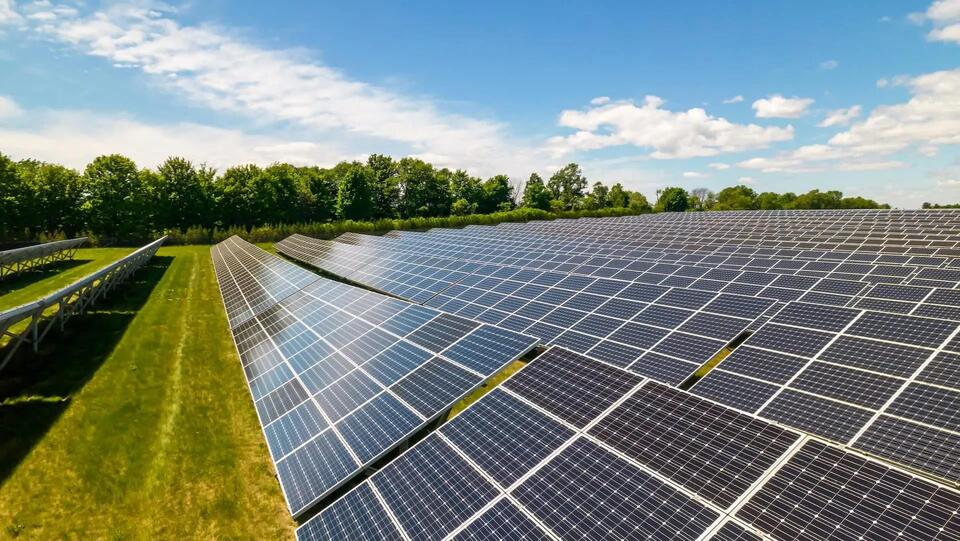1/1
Found Life. Felt Dead Inside
I spent three months counting breeding pairs in that solar field. 47 skylarks per hectare—a record for Germany. My advisor called it "interesting preliminary data." The birds didn't care about my h-index. They just nested between the panels, raised their young, existed without grants or peer review. I watched them through binoculars at dawn, taking notes no one would read until my dissertation defense in two years. Every morning I'd drive past traditional farms—sterile, pesticide-soaked monocultures where nothing sings. Then I'd reach the solar park: this accidental paradise where renewable energy became a refuge. The irony wasn't lost on me. I'm supposed to feel accomplished. My data proves solar farms can support biodiversity. But sitting in my car after another 14-hour field day, all I felt was empty. The birds found their home. I'm still looking for mine. 🐦 #FieldWorkBurnout #EcologyLife #ResearchReality #Science
2025-06-19
write a comment...
